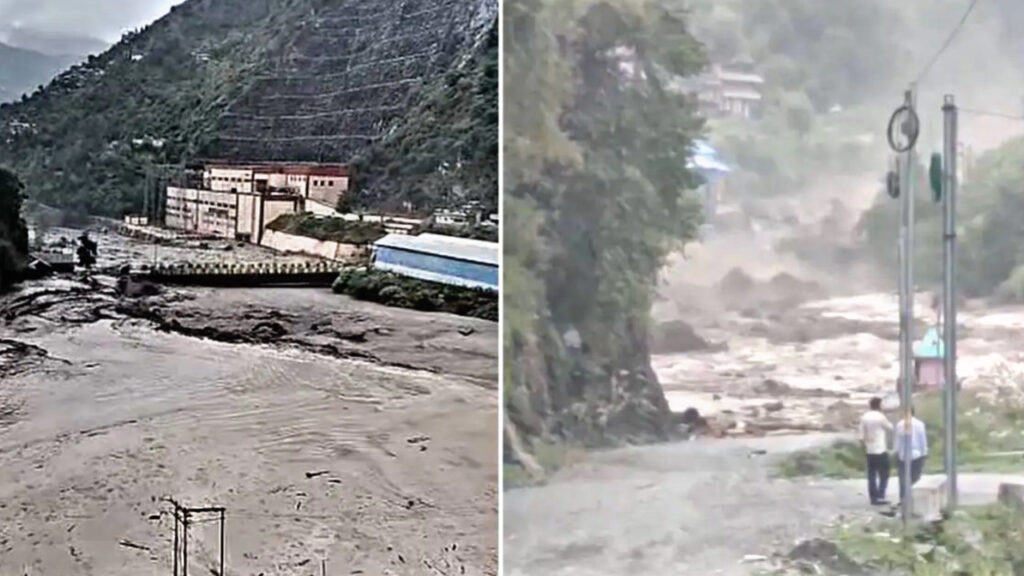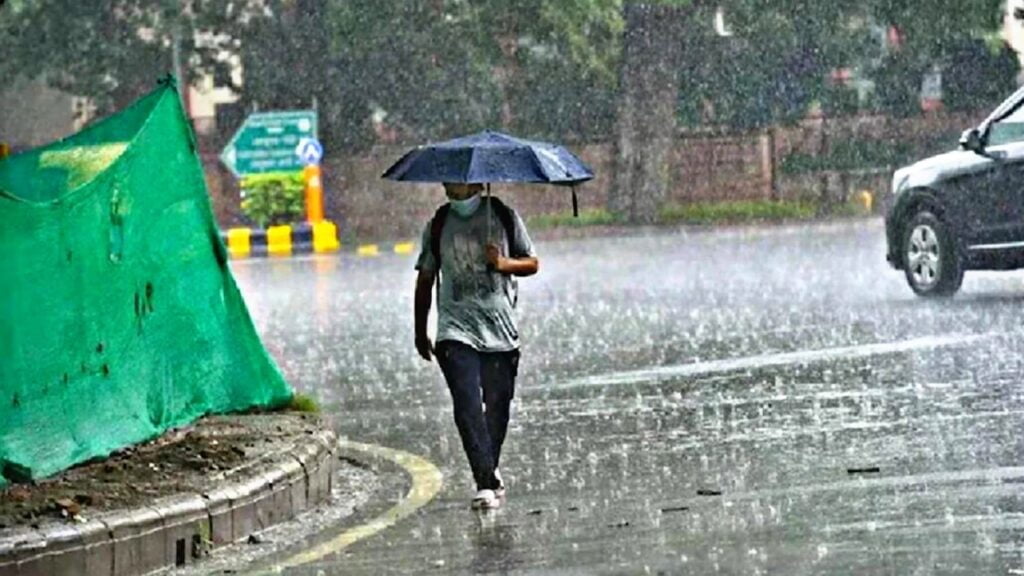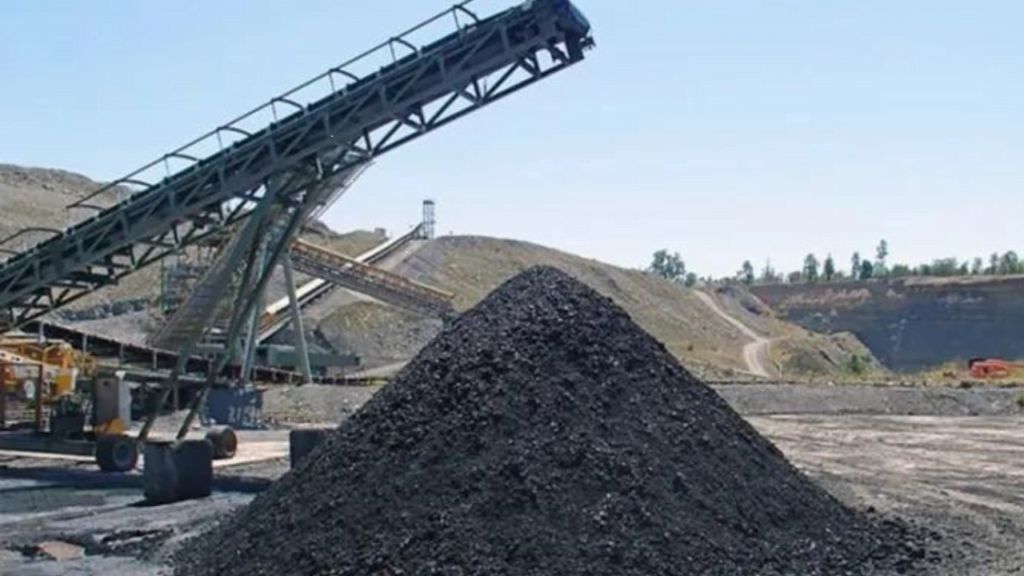Disaster
In a tragic turn of events, a cloudburst in the Lahaul Valley of Himachal Pradesh caused severe flooding, leaving a trail of destruction in its wake. The unexpected and violent rainstorm, which occurred on the night of August 11, 2025, triggered flash floods that rapidly swept across several regions of the valley. Among the most significant consequences were the collapse and destruction of three crucial bridges, cutting off vital routes to several remote areas.
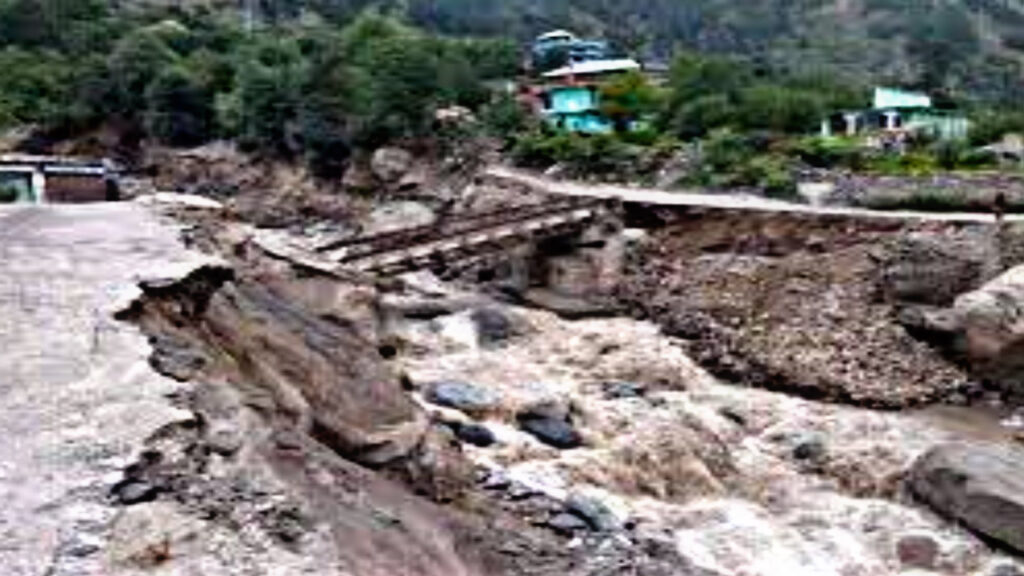
What Happened?
A cloudburst, a sudden and intense rainfall that can result in flash floods, hit Lahaul Valley unexpectedly, catching locals and authorities off guard. The rainfall, which typically occurs when clouds release an extraordinary amount of moisture in a short period, overwhelmed the natural drainage systems. The downpour led to swift and fierce floods, transforming streams into torrents that rushed through settlements and washed away infrastructure.
Lahaul Valley, known for its rugged terrain and isolated communities, was particularly vulnerable. The region’s rivers and streams, already swollen due to heavy rainfall in the preceding days, became uncontrollable during the cloudburst. Several areas in Lahaul, including the town of Keylong, faced immediate threats from the rising waters.
Destruction of Bridges and Infrastructure
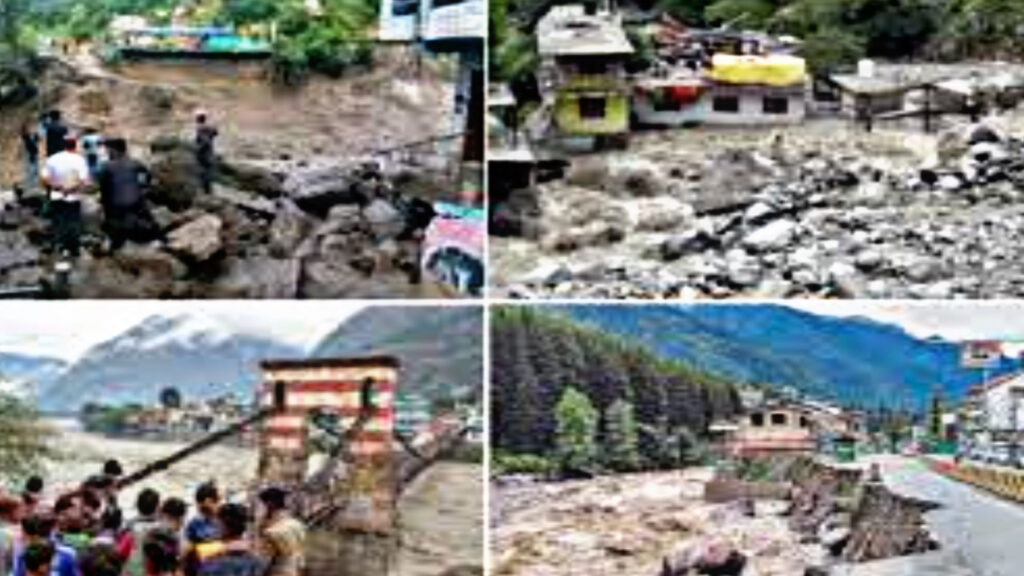
The cloudburst’s most immediate impact was the destruction of three key bridges, which serve as vital lifelines connecting various parts of the valley. These bridges were essential for both daily commuting and the transportation of goods and services, especially for the remote tribal areas that rely on road connectivity for survival.
As the floodwaters surged, the bridges were swept away, leaving roads impassable. This has caused a severe disruption to local life and has hampered rescue and relief operations. Emergency teams, however, have already been dispatched to the area, and efforts are underway to rebuild the damaged infrastructure. Yet, the loss of these bridges has left many parts of the valley temporarily isolated, with residents facing difficulties in accessing emergency supplies.
The Aftermath of the Cloudburst
Along with the destruction of infrastructure, the cloudburst also led to widespread landslides that further complicated rescue operations. Many roads have been blocked by fallen debris, and authorities have issued advisories warning against travel in the region due to the ongoing threat of more landslides.
Local authorities have mobilized to provide immediate relief to those affected. The National Disaster Response Force (NDRF) and the State Disaster Response Force (SDRF) teams have reached the affected areas, conducting rescue operations and distributing food, water, and medical supplies. Although the situation remains grim, the presence of these teams has brought a glimmer of hope to the stranded people.
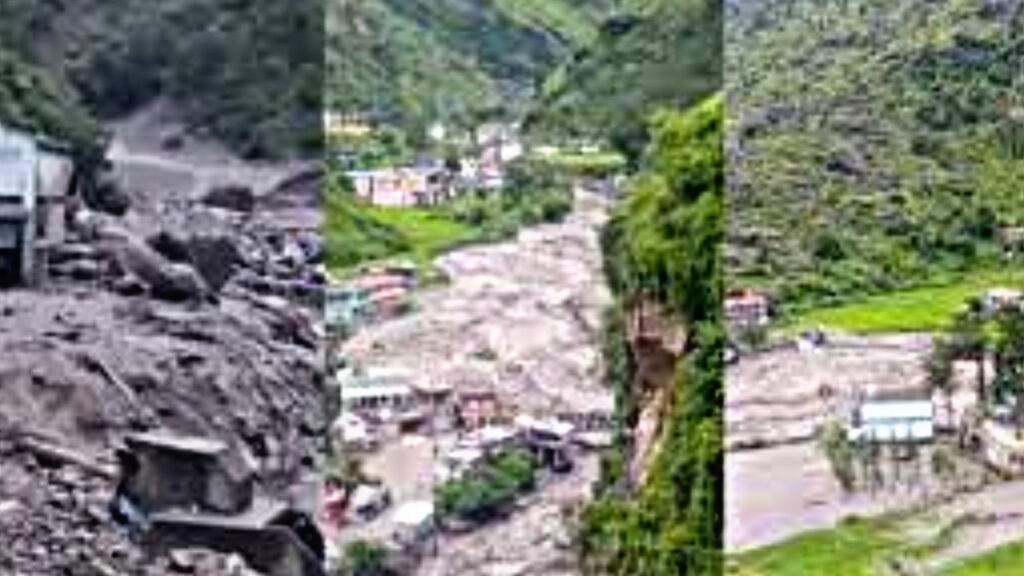
The government has also promised to expedite the repair work for the damaged bridges, with plans to construct temporary bridges and restore essential road connectivity in the coming weeks. Despite these efforts, it will take time for the valley to return to normalcy, and the full extent of the damage is still being assessed.
Climate Change and the Rising Threat of Cloudbursts
The Lahaul Valley cloudburst is a stark reminder of the growing impact of climate change on the region. Over the past few decades, Himachal Pradesh has witnessed an increase in extreme weather events, including cloudbursts, flash floods, and heavy snowfall. Experts warn that with rising temperatures, such weather phenomena are likely to become more frequent and severe in the coming years.
Cloudbursts are especially dangerous in hilly terrains like Lahaul Valley, where the steep slopes and narrow riverbeds amplify the impact of the sudden downpours. The region’s fragile ecology and infrastructure are unable to withstand such rapid changes in weather, leading to disasters that affect both human life and natural habitats.
The cloudburst in Himachal Pradesh’s Lahaul Valley serves as a reminder of the unpredictable and dangerous nature of weather patterns in the age of climate change. While rescue operations continue, and efforts to rebuild the region’s infrastructure are underway, the people of Lahaul are left grappling with the immediate effects of the catastrophe. It is now more critical than ever for the government and local authorities to invest in disaster preparedness and climate adaptation strategies to mitigate the risks posed by such extreme weather events in the future.
As the valley begins its recovery, the hope is that lessons will be learned, and stronger systems put in place to ensure the resilience of communities in the face of growing climate-related challenges.

